#wwii movie
Photo

#ulrich matthes#august diehl#the ninthe day#movie poster#movie posters#wwii#wwii movie#movie posterfilms#holocaust film
8 notes
·
View notes
Text


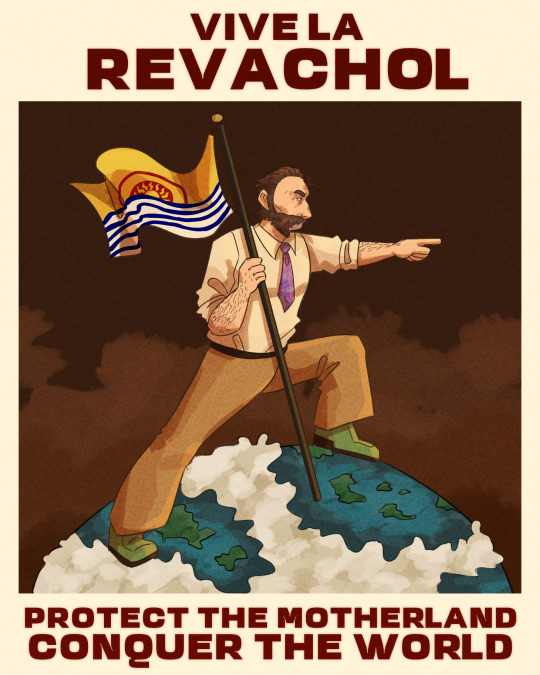

Disco Elysium political alignments based on historical graphic design styles!
Communist: Soviet Constructivist
Ultraliberal: Art Deco
Fascist: War Propaganda
Moralist: Swiss/International
#disco elysium#harry dubois#harrier du bois#graphic design#mine#god i miss my history of gd class it was so awesome#theres a lot of things that have been codified as the 'art deco' style that werent actually that prevalent in design from the 1930s#the ultraliberal poster is specifically inspired by the artist AM cassandre#i feel like his work is very definitive of the art deco style and feels way more authentic than like. the great gatsby movie or smth#i was not particularly excited to do the fascist one but i was so inspired by this concept and i wanted a complete set#i used american and british wwii posters as reference
2K notes
·
View notes
Text
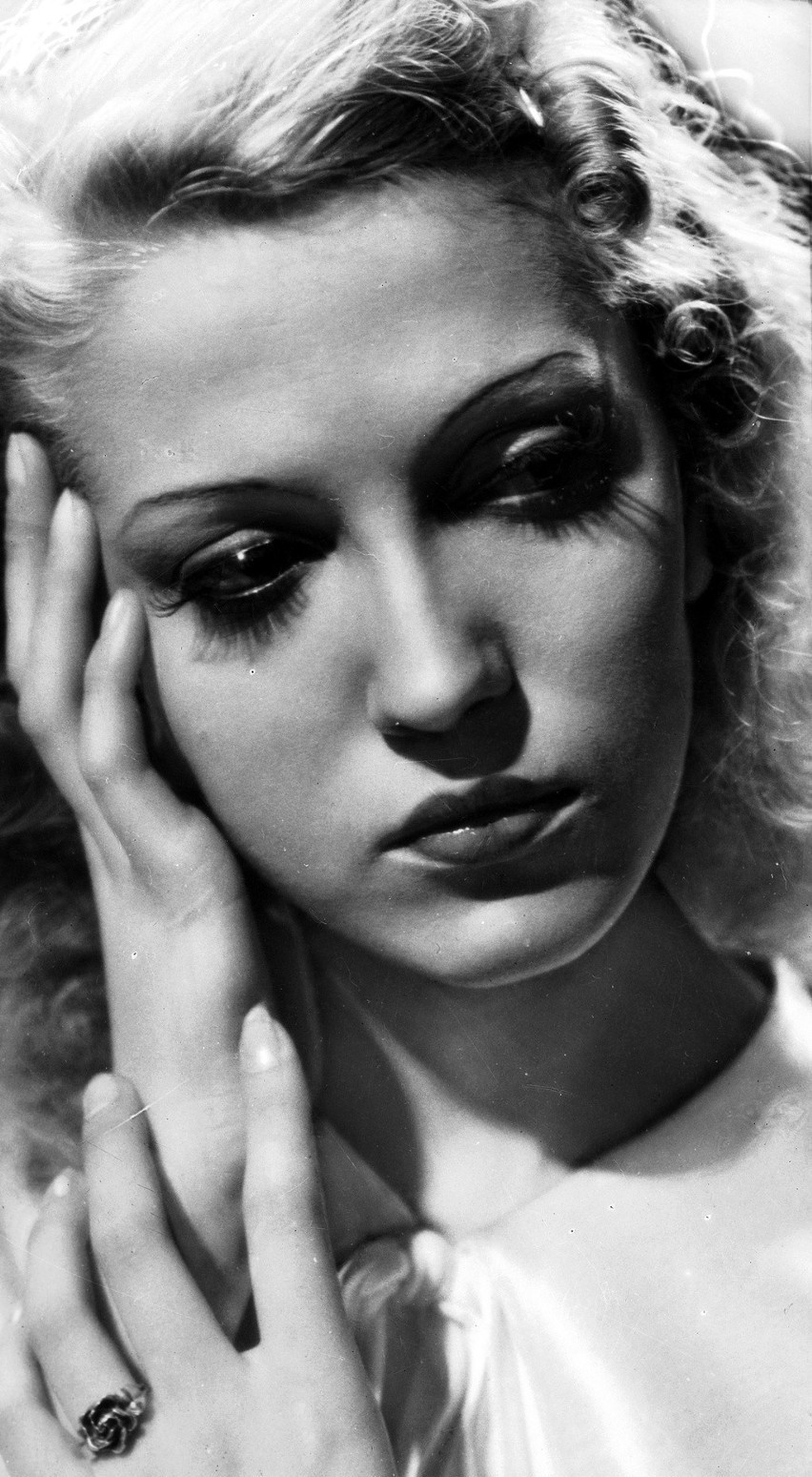









Tamara Wiszniewska (1919-1981) - Polish actress
Tamara Wiszniewska was born on December 19, 1919 in Dubno, Poland (now a region in western Ukraine) on the banks of the Ikva River. It was here that she spent her younger years during which she picked up dancing, which eventually led her to her career in film. In her 1981 obituary in the Democrat & Chronicle, it was reported that Tamara, at age 15, “Was a ballet dancer, when German film director Paul Wegener discovered her and gave her a role in the historical film, August der Starke (August the Strong)” which premiered in 1936. This German/Polish co-production is a biographical look into the life of Augustus II, ruler of Saxony and Poland-Lithuania from 1694-1733. Although Tamara played only a small role it marked her debut and eventual rise to fame within the Polish film industry.
Following her appearance in August der Starke, Tamara appeared in thirteen other films between 1936 and 1939, including Trójka Hultajska (The Trio Hultajska, 1937), Ordynat Michorowski (Ordinate Michorowski, 1937), and Kobiety nad Przepaścią (Women Over the Precipice, 1938). Wladyslaw (Walter) Mikosz, Tamara’s future husband, produced two of these films. In an interview, Tamara and Walter’s daughter, Irene, states that, "The two met because of their film careers, and were married [late that same year] in 1937".
Life for the Mikoszs was happy for a time. Tamara continued to pursue her acting career through 1938 and 1939 and had welcomed a new born daughter into the world alongside her husband, Wladyslaw. Unfortunately, these happy times did not last long as the Mikosz family experienced the rise of Nazi Germany and their occupation of Poland in 1939 during World War II. The following excerpt from an interview with Tamara in a 1974 Times Union tells how drastically their lives were changed:
"I always played a rich spoiled girl who had lovely clothes, and for a short time I lived that kind of life too. It was a short, beautiful life that ended when the Germans took over Poland in 1939. We were wealthy and the toast of the town then. We’d go to Prague and Vienna just to see an opera or to play in the casinos. When the Germans came, my intuition told me I should have something on me to exchange. I sewed my jewelry into my clothes. Later, it bought us passes to freedom and bread so we were never hungry."
The German occupation of Poland during World War II brought then “beautiful” life of the Mikosz family to an end. Gone were their illustrious careers in film and the rewards that such a life had brought to them. In a later interview, Irene mentioned that her mother "was preparing to sign a contract for a film career in Hollywood, but Hitler’s invasion of Poland derailed the plans". Sadly, Tamara’s last appearance on the silver screen was in 1939 prior to the invasion of Hitler’s Germany; she never again starred in any films.
Although her dreams had been crushed, Tamara and her family did not lose hope. They made the best of their current situation, and were able to survive by selling the fruits of their labors that they harvested during their days in the film industry; their lives had been consumed with a fight to survive rather than a dream to thrive. However, not being ones to live quiet lives, the Mikoszs volunteered for the Polish Underground, the exiled Polish government that fought to resist German occupation of Poland during World War II. As civilians with backgrounds in film, Tamara and Walter were most likely engaged in spreading Polish nationalistic and anti-German propaganda. Such efforts of the civilian branch of the Polish Underground was in support of what Jan Kamieński refers to as "small sabotage" in his book, Hidden in the Enemy's Sight: Resisting the Third Reich from Within: "In contrast of major sabotage, the idea of small sabotage was to remind the German occupiers of an enduring Polish presence, to ensure that they felt a constant sense of unease and generally undermine their self-confidence". While attending to these duties within the Underground, the Mikosz family was separated and shipped off to separate countries: Tamara and her daughter, Irene, to Czechoslovakia (where Tamara’s parents had been sent) and Walter to Bavaria. The family was not reunited until 1945, when they were sent to the same refugee camp in Bavaria. The Mikoszs remained in the Bavarian refugee camp until the year 1950, in which they emigrated to the United States of America. Tamara and Walter lived quiet lives in Rochester, NY after arriving from a war-torn Europe, and did so until they passed away.
Although they have long since passed away from this Earth, the stories of the Polish film star, Tamara, and her film-producer husband, Wladyslaw Mikosz, will live on so long as there are people around to tell it.
#history#history crushes#submission#tamara wiszniewska#polish#actress#film history#1930s#30s#old hollywood#women in film#women in history#poland#wwii#world war 2#ww2#ww2 history#old movies#old phography#20th century
128 notes
·
View notes
Text

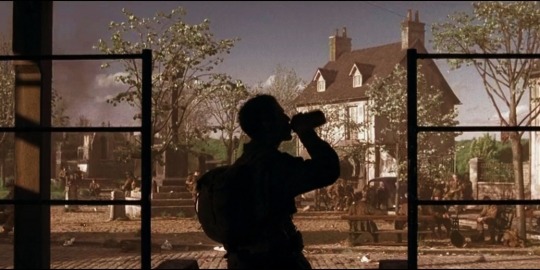
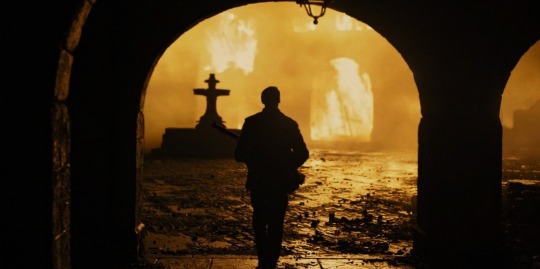
Dunkirk (2017)
Band of Brothers (2001)
1917 (2019)
#ive done this once before#i thought i should remake it with some edited/cleaner pictures#dunkirk#1917#band of brothers#war movies#hbo war#movies#wwii#wwi
640 notes
·
View notes
Text

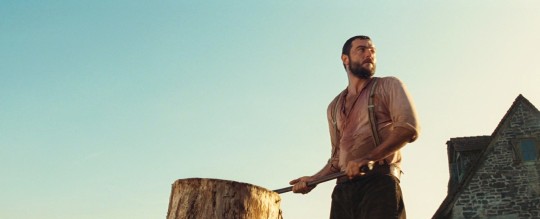

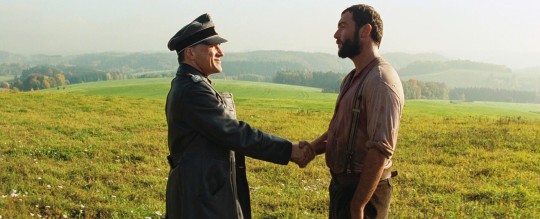


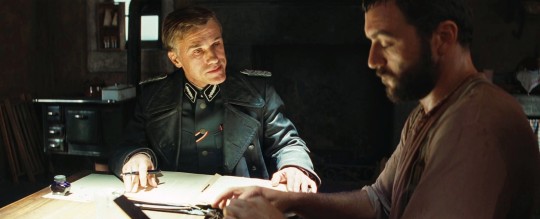



Inglourious Basterds (2009)
#quentin tarantino#christoph waltz#2000s#melanie laurent#cinema#inglourious basterds#filmmaking#director#film#cinematography#wwii#alternative#surreal#war#movie#actor#brad pitt#movies#hollywood#myth#🎭
241 notes
·
View notes
Text
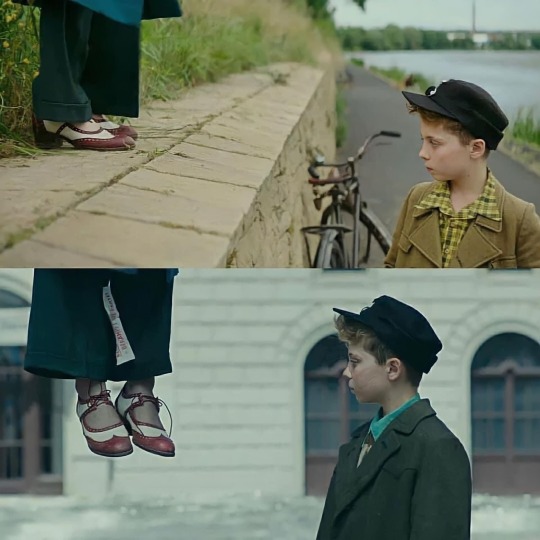
Dancing is for people who are free.
— Jojo Rabbit (2019)
dir. Taika Waititi
#if you know you know#one of the saddest scenes in cinematic history I swear#I just watched this movie and cannot stop the storm of tears#taika waititi how dare you#taika waititi#also I don’t see enough hype over this child actors performance#he was incredible#jojo rabbit#film#scarlett johansson#holocoust#germany#world war 2#world war ii#wwii#cinema#cinemetography#oscars
54 notes
·
View notes
Text
From the HBO miniseries, The Pacific, Gunnery Sgt. John Basilone (Jon Seda) leads his Marines against a Japanese bunker and trench complex, during the first day of the battle of Iwo Jima on February 19, 1945.
(Video courtesy of HBO)
54 notes
·
View notes
Text
Those in power control what is produced.
Film played an important role in the propaganda of the NS regime, between 1933 and 1945. Of all the arts, film and cinema received the most support.
(Say what you want, I love these movies)
#history#studying#studyblr#teaching#booklr#german history#reichblr#wwii germany#wwii era#wwii history#wwii art#wwii#germany#1940s#1930s#1930s movies#1940s movies
60 notes
·
View notes
Text

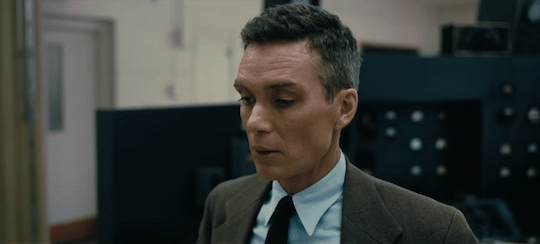
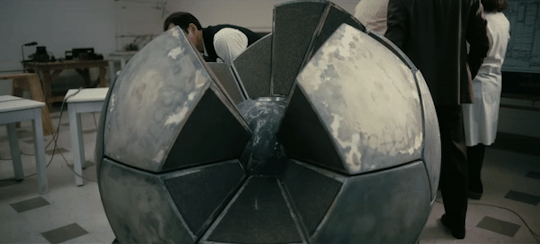
“They will fear it until they understand it, and they won’t understand it until they’ve used it.”
OPPENHEIMER (2023)
dir. Christopher Nolan
#oppenheimer#Christopher nolan#universal pictures#IMAX#Cillian murphy#Emily blunt#robert downey jr#florence pugh#jack quaid#movies#films#history#war#ww2#wwII#movie gifs#j. robert oppenheimer#physics#atomic bomb#los alamos#robert oppenheimer#manhattan project#american prometheus#Emma thomas#gifs#filmgifs#cinematography#film gifs#mygifstag
285 notes
·
View notes
Text

A Bridge Too Far (1977)
#1977#film#movie#WWII#A Bridge Too Far#Richard Attenborough#Michael Caine#Lieutenant Colonel J.O.E. Vandeleur#Gene Hackman#Major General Sosabowski#Ryan O'Neal#Brigadier General Gavin#Edward Fox#Lieutenant General Horrocks#Dirk Bogarde#Lieutenant General Browning#Operation Market Garden#Arnhem#Holland#Netherlands
41 notes
·
View notes
Photo

7 notes
·
View notes
Photo

JURAJ LOJ as Frantisek Palko
Sarlatán (2020) • WWII • dir. Agnieszka Holland
#👅eat responsibly#filmedit#perioddramaedit#juraj loj#charlatan 2020#sarlatán 2020#frantisek palko#agnieszka holland#wwii#film#movie#queer media#queer characters#beautiful men
328 notes
·
View notes
Text
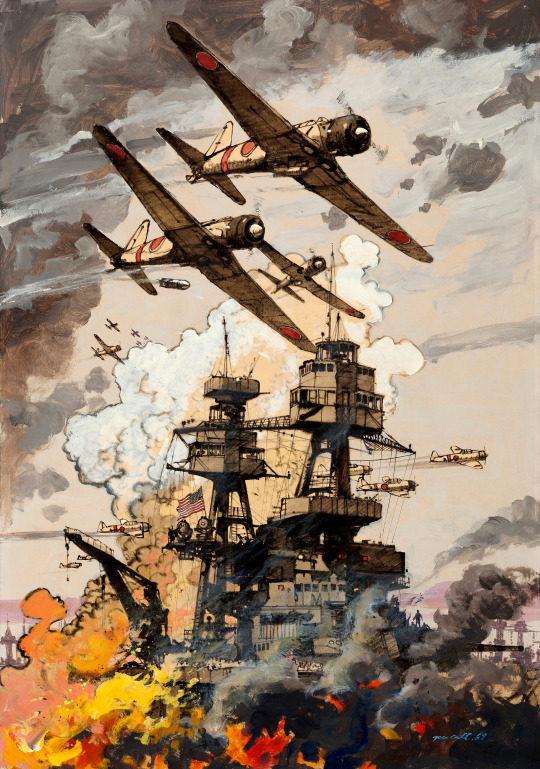
Tora! Tora! Tora! (1970)
Poster art by Robert McCall
#tora! tora! tora!#robert mccall#bob mccall#wwii#world war II#poster#poster art#film#movie#art#illustration#painting#vintage#1970#1970s#pearl harbor
327 notes
·
View notes
Photo


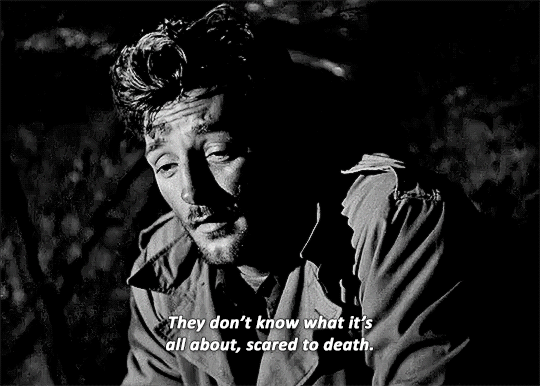
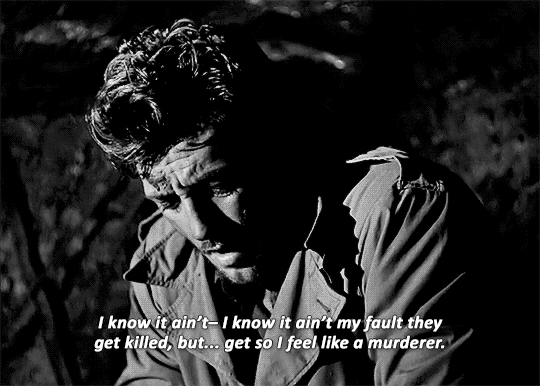
i’ve been pulling old names out, putting new names in. you know, you’re not the only writer in this outfit. i’ve been writing, too. jones... peterson... mccarthy... spitofsky... smith...
robert mitchum in the story of g.i. joe (1945), dir. william a. wellman
#filmedit#oldhollywoodedit#old hollywood#robert mitchum#classicfilmedit#classicfilmsource#classicfilmblr#fyeahmovies#filmgifs#moviegifs#dailyflicks#cinemaspast#the story of g.i. joe#ernie pyle#william a. wellman#1940s#1945#war movies#world war 2#wwii#*#**#bw
356 notes
·
View notes
Note
Propaganda: In the 1950s, Fury was one of the most marketable horses out there -- there's a book series, a comic series, a TV show, and one of the earliest Breyer models. I couldn't tell you if they're all supposed to be the same horse, or just similarly named knockoffs of each other, but collectively they show that Fury was one of the original Beautiful Wild Horses Who Could Only Be Understood/Ridden By One Devoted Human. Fury helped establish an entire genre, and it looks like everyone wanted a piece of him.


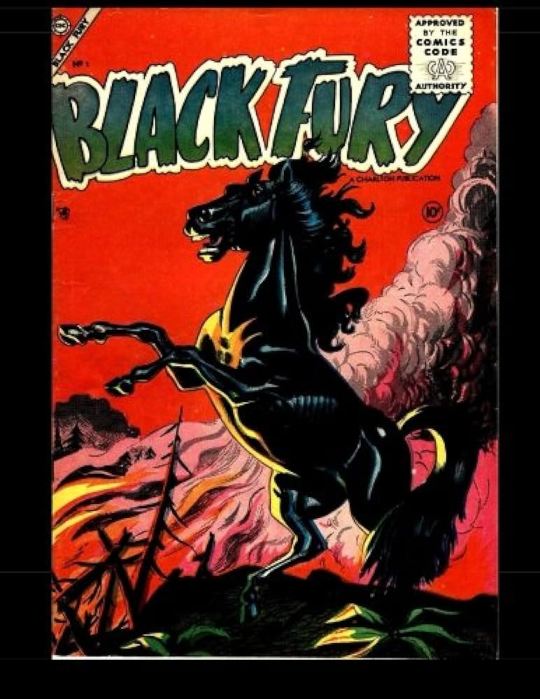

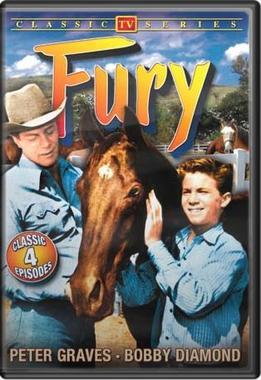
.
#FHT propaganda#When adding this horse to the list I just googled 'fury' (as if the book would just magically pop up) but was greeted by a WWII based movie#so now my movie list is 1 movie longer#Group Linus propaganda
21 notes
·
View notes
Text
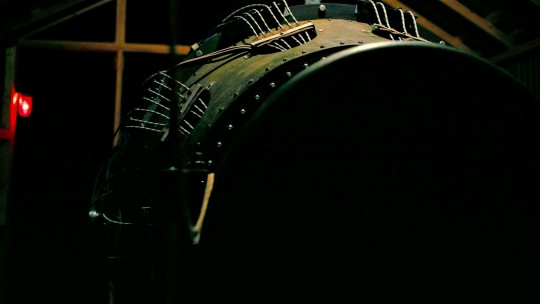
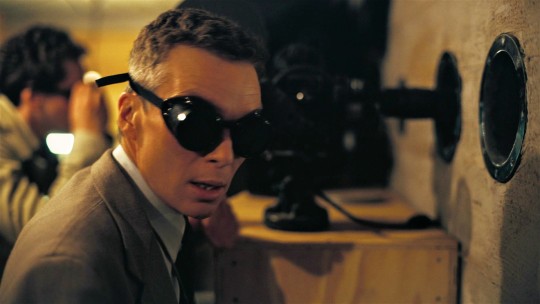

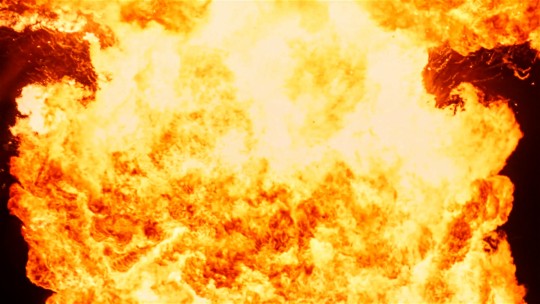

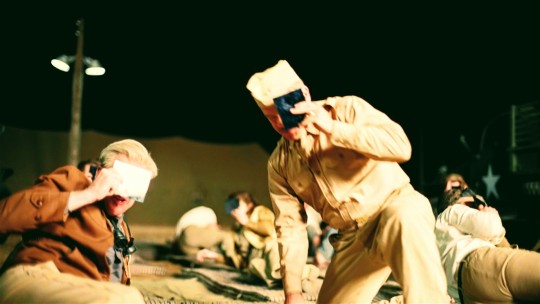

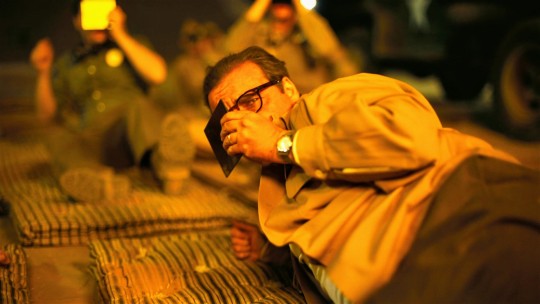


Oppenheimer (2023)
#christopher nolan#2020s#movie#film#director#cinematography#oppenheimer#cinema#filmedit#movies#physics#tech#wwii#biography#science#inception#cillian murphy#the dark knight#dunkirk#bruce springsteen#mama always told me not to look into the eyes of the sun but mama that's where the fun is
140 notes
·
View notes